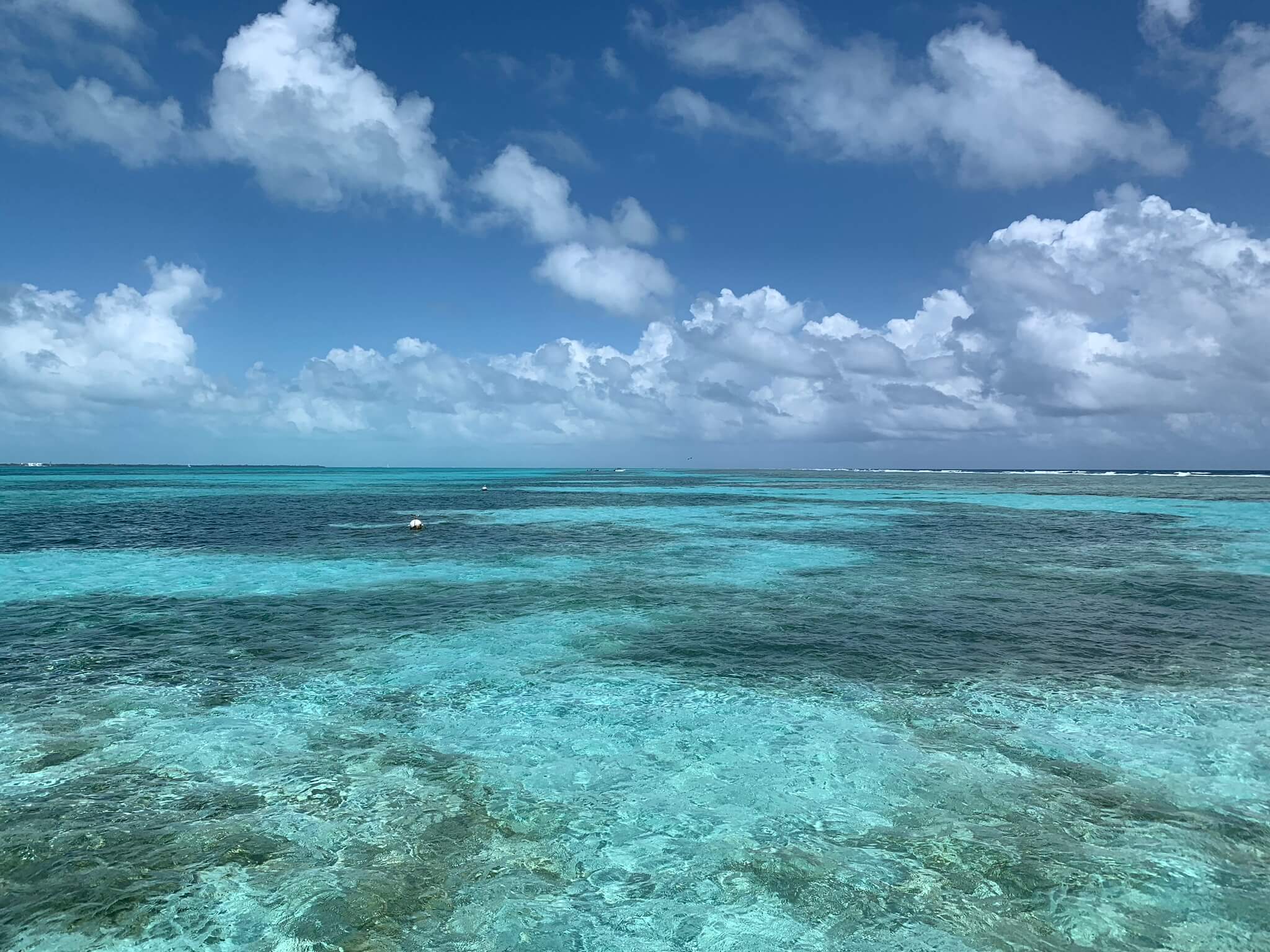
By Savannah Huls
World Oceans Day
Today, June 8, marks the international World Oceans Day. This day is recognized all around the world as an opportunity to honor, appreciate, and help protect earth’s beautiful oceans. The ocean is a crucial aspect of survival and must be preserved in order to maintain and create healthy, future generations.
Overfishing is one of the main threats to the world’s oceans. The ocean is rapidly declining in species as well as entire ecosystems, which provide a vital food source and economy for many people. Thankfully, at this point in time, the effects of overfishing can still be reversed—but only with considerable efforts.
If you choose to eat seafood, one of the most impactful decisions can be choosing to only eat sustainably caught fish. This means that the fisheries you buy from are ensuring that the fish populations remain steady and well-managed, without causing harm to the marine ecosystems. So how can you make sure the fish you are buying and eating is not further damaging the environment? Below are some tips and tricks to help you choose seafood that is sustainable.
Take Advantage Of The Resources Already Created For You
Several organizations have created online guides, as well as downloadable apps, to tell you
what type of fish is sustainable. One simple guide you can download or print is the Seafood Watch consumer guide, which has a list of the “Best Choices,” “Good Alternatives” and “Avoid” categories of seafood specifically for every state. You can also search the type of fish you are planning on buying in the Healthy Oceans Seafood Guide, which shares the wild-caught seafood ratings.
Pay Attention To Label Certifications
Labels can tell you a lot about the sustainability of the fish, as well as allow it to be traced back to its origin. If you are buying wild-caught fish, look for the Marine Stewardship Council (MSC) blue logo. The MSC has certified over 5,000 fisheries worldwide, according to its sustainable standards. For farmed fish, always choose organic or look for the Aquaculture Stewardship Council
(ASC) logo.
Choose Local
Buying local seafood is all-around an economically friendly and sustainably smart choice. Since buying local means the seafood is not imported, it has a much lower carbon footprint and is usually cheaper. It also ensures that the product is in compliance with the U.S. fishing and food regulation. Choosing local fish also contributes to the economy by supporting the local fishermen, as well as both maintaining and creating jobs.
Look For Line-Caught
Line-caught seafood does not cause the significant depletion of species that is associated with trawling giant nets. Line-caught fish can avoid producing bycatch, the unintentional catching and killing of other marine species such as sharks or dolphins. However, not all lines are created equal and it is important to be aware of the ones that have negative impacts—such with tuna fish. If you eat tuna, make sure it is caught using a rod-and-line rather than a long line, which also tends to trap endangered species.
The Smaller, The Better
With a human population rapidly growing, small fish can be more sustainable to consume.
Because larger fish are predators that need to eat smaller fish to survive, they consume a lot of protein, which could directly be consumed by people instead. Larger fish, like salmon, also tend to be farmed, which makes them more susceptible to diseases and less nutritious than wild ocean fish. Additionally, health-wise, smaller fish contain less mercury, which can be toxic for the human body. Anchovies, herring and mackerel are some great small-fish options that are both nutritious and avoid the risks of farming. This is not to say you cannot eat larger fish if you want to eat sustainably, but changing it up and throwing some smaller fish in your diet can be impactful for both your health and for the environment.
Savannah Huls is an Arizona-raised writer, traveler, and outdoor-enthusiast working as an editorial intern for Green Living Magazine. She is in the process of completing her bachelor’s degree from the University of Arizona and plans on continuing on to receive her masters in global journalism. She hopes to one day be able to travel the world and collect stories in order to pursue her passion for writing.







